
Bringing pets into your home is a time full of fun, joy, and excitement. If you’re a first-time cat owner, you might have some apprehensions about how to provide your new cat with a happy, healthy life.
It's normal for first-time cat owners to feel a bit anxious when they bring home a new cat. Your cat's main needs can be broken down into five categories: food and water, health care, litter boxes, human interaction, and enrichment. If you're feeling overwhelmed or unsure about what your cat needs, schedule an appointment with your veterinarian for a checkup and advice.Key Takeaways
We know it can be an anxious time, so we’ve put together some top tips for the new cat owner. The list is split into five handy categories: food and water, health care, litter boxes, interacting with your cat, and enrichment.
Food And Water
#1 Cat’s Food
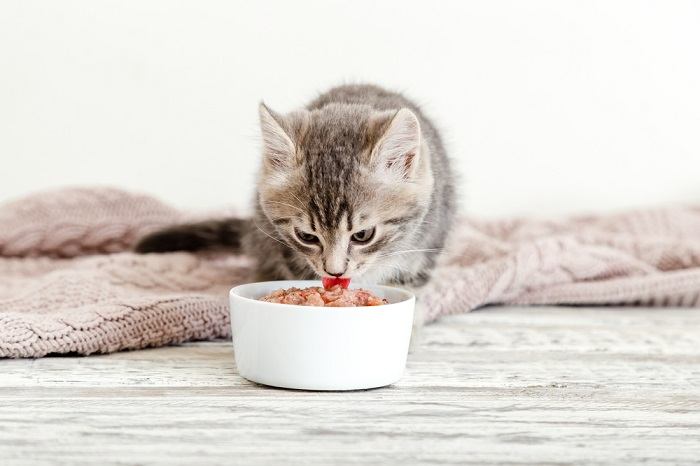
Kitten food is more energy-dense, providing fuel for growing bodies.
Cats are carnivores, and therefore gain most of their nutritional needs through animal protein. It is important to choose a complete, high-quality food suitable for their age and lifestyle, as nutritional requirements vary throughout life. Kittens require a very different balance of nutrients from an adult cat, for example.
Also Read: The 10 Best Cat Foods In 2023
#2 Wet Vs. Dry Food

Both wet and dry food offer benefits for your cat, so some people choose to feed both.
There are advantages and disadvantages to feeding wet food and dry food. Wet food is excellent for maintaining hydration, but it is bulkier and cannot be left down for grazing throughout the day. Dry food is easier to store and is better for dental hygiene. The exact ingredients, flavors, and type of food are less important than the choice of a nutritionally complete diet suitable for your cat’s age.
Also Read: The Complete Feeding Guide From Kittens To Seniors
#3 Changing Diet

To switch foods, slowly mix increasingly larger amounts of the new food into the old food over seven days.
If you want to switch your new cat to a different food, remember to transition slowly over the course of a week to prevent a tummy upset.
Also Read: How To Switch From Wet To Dry Cat Food
#4 Food And Water Bowls
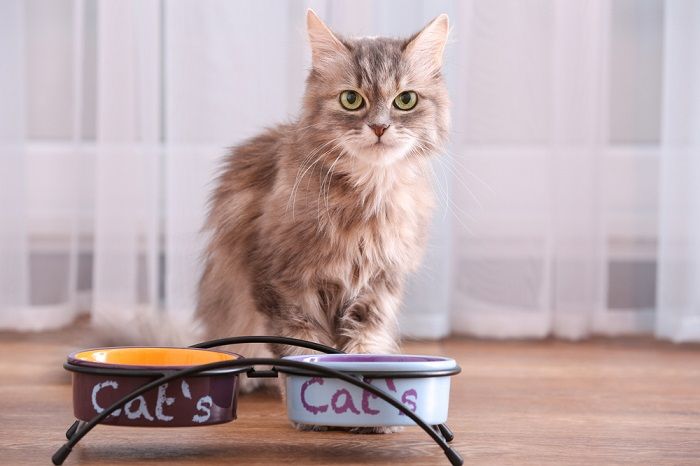
Stainless steel or ceramic bowls are durable and easy to clean.
Cats don’t like their water source being too close to their food (in the wild, this risks contamination), so separate out food and water areas if you can. Bowls should be wide enough that your cat’s whiskers don’t touch the edges, and made of a material that is easily cleanable and doesn’t retain past odors, such as stainless steel.
Also Read: How To Stop Your Cat From Spilling Water Out Of Their Bowl
#5 Water Sources
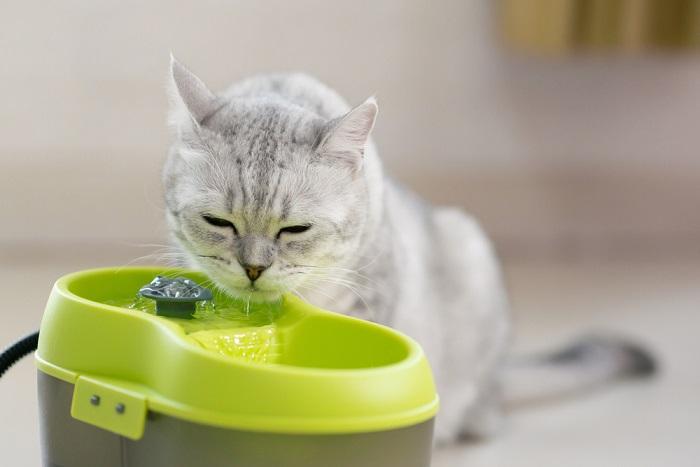
A pet water fountain can encourage cats to drink more water so they stay hydrated.
Cats are excellent at conserving water, and you might not see your cat drink much, especially if they are on a wet food. Some cats will prefer running water, and water fountains might be more suitable than bowls for these cats.
Also Read: The 8 Best Cat Water Fountains – And We Tested Them All
Health Care
#6 Identification
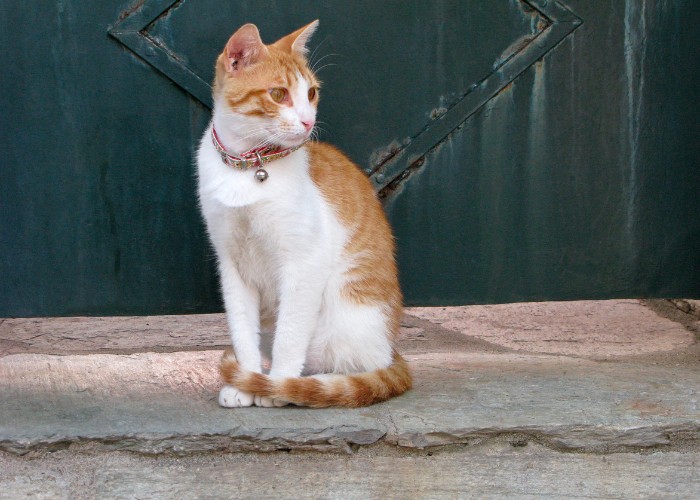
If your cat gets lost, a collar with an ID tag and a microchip provides a double layer of identification.
Your cat should be able to be identified easily in case they escape or get lost. A collar and ID tag is one way but can be easily lost. A microchip and a collar is preferable, just in case the collar falls off. Remember to update the details of both ID tags and microchips if you move home or change your contact information.
Also Read: Should My Cat Wear A Collar?
#7 Register With A Veterinarian
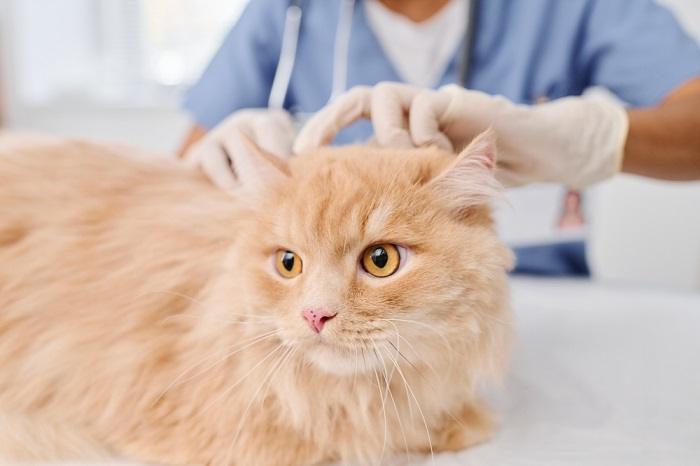
Your vet will give your new cat a thorough exam and offer valuable advice regarding preventive care.
Always take any new pet for a checkup with a veterinarian. They can give any appropriate vaccines, advise on preventative medicine, and check for signs of illness.
Also Read: Top 10 Things Your Vet Wishes You Knew
#8 Spaying Or Neutering
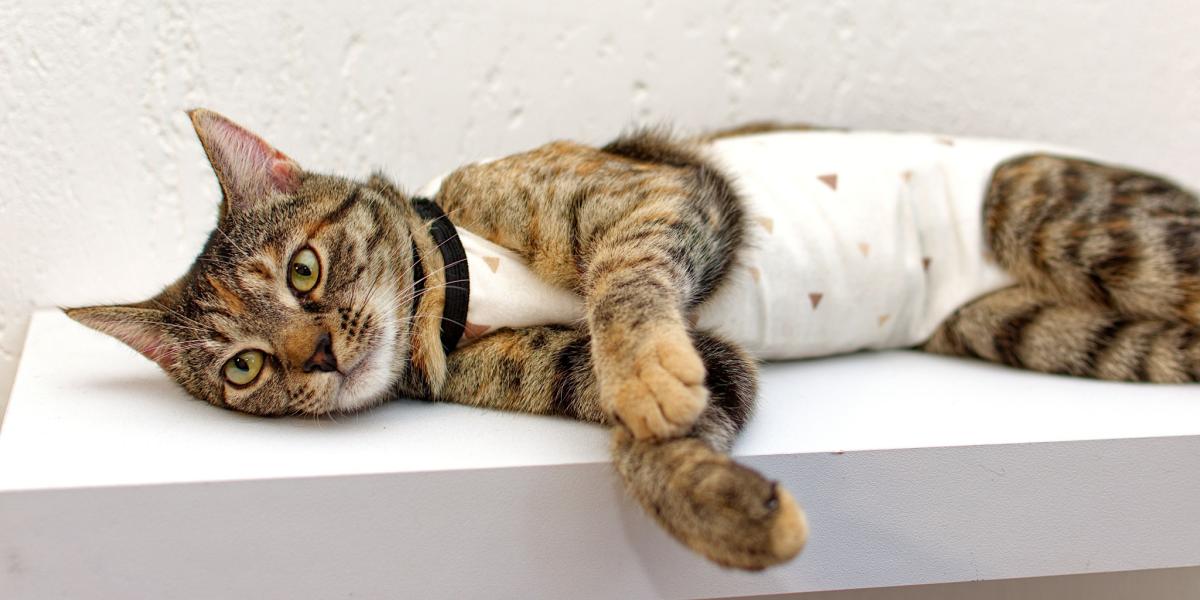
Spaying or neutering prevents pregnancy and also eliminates nuisance behaviors related to mating.
If you are not wanting to breed from your cat, discuss neutering with your veterinarian. This will prevent unwanted hormone-related behavior, escape attempts, and unwanted pregnancies.
Also Read: Early-Age Spaying & Neutering Of Cats
#9 Invest In A Good Cat Carrier

Carriers provide a safe place for your cat to travel and they are good to have in the event you have to evacuate in an emergency.
You might not have to use one very often, but having a reliable, sturdy carrier is useful if a sudden dash to a vet is needed, or a trip to a cattery. Carriers should be easy to clean and have a large opening to place the cat inside.
Also Read: The Best Cat Carriers For 2023
#10 Pheromones

Use pheromone sprays or diffusers to help your new cat feel more relaxed in their new environment.
Moving to a new home can be a stressful time for a new cat. Pheromone diffusers such as Feliway might help your new pet feel reassured and more relaxed in their new environment.
Also Read: Does Feliway Work For Cats?
Litter Boxes And Cat Litter
#11 Type Of Box
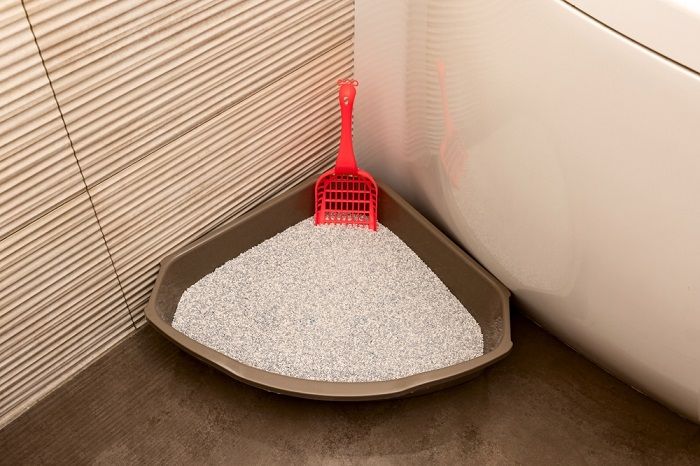
If you have a young kitten, make sure the sides of the litter box are low enough to allow them easy access.
Litter boxes are available in many different types, sizes, and shapes. Buy a box that is an appropriate size— young kittens might need a smaller box; large breeds might need something super-sized. Some cats prefer covered boxes, but others prefer to be able to keep an eye on their surroundings with an open tray. Some trial and error might be required to find what suits your individual cat best.
Also Read: The 7 Best Automatic Self Cleaning Litter Boxes In 2023
#12 Number Of Boxes

So cats can have some privacy, place each litter box in a different spot in the house rather than grouping them together.
Always have more litter boxes than cats. If you have two cats, get three litter trays, for three cats need four boxes, and so on. Competition for litter box time and space can lead to stress, inappropriate toileting behavior, and inter-cat aggression.
Also Read: The 7 Best Litter Boxes For Kittens
#13 Litter Box Location

A little-used guest bathroom is an ideal spot for your cat’s litter box.
Place litter boxes well away from food and water, and not in a busy thoroughfare. Cats usually prefer some peace and solitude for toileting, but make sure it’s not so far away from their living area that they can’t make it there in time.
Also Read: What Is The Best Place To Put A Litter Box?
#14 Type Of Litter
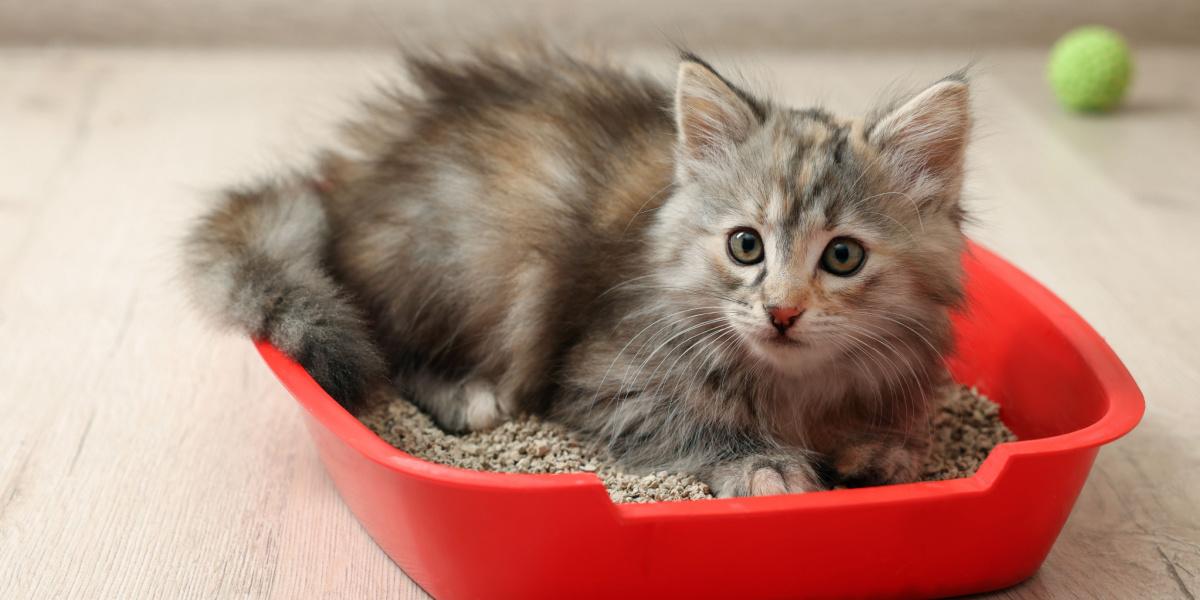
You can try a few different types of litter in different litter boxes to see what your cat prefers.
Cats generally prefer fine-textured, sandy litters. Some litter types form clumps when in contact with urine, and others don’t. Cats can get very strong preferences for litter type, so figure out what your cat likes and then try to keep things consistent.
Also Read: The 11 Best Non-Clumping Cat Litters
#15 Clean Litter Boxes Regularly
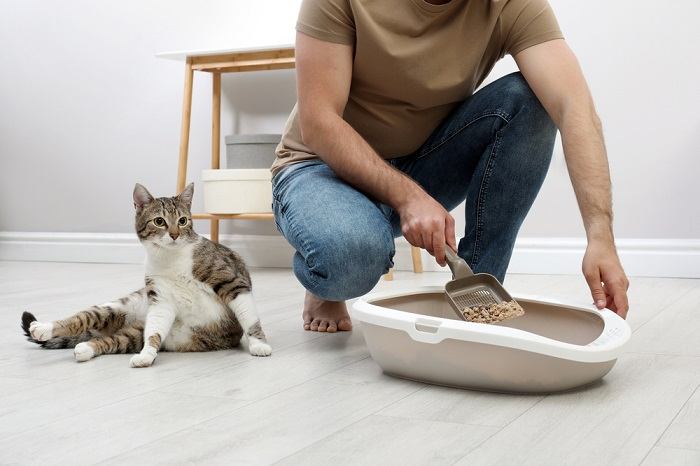
Scoop the box frequently so your cat continues to use it regularly.
Cleanliness is important for both hygiene and odor control. Remove feces as soon as possible, and remove urine every one to two days. Don’t replace all the litter at once—leave the clean areas alone as they will smell familiar and encourage repeat use of the box rather than other areas of your home. Clean litter boxes weekly using pet-safe products. Bleaches and similar chemicals can be irritating or even toxic to cats.
Also Read: How To Your Cat’s Litter Box
Bonding
#16 Time Together
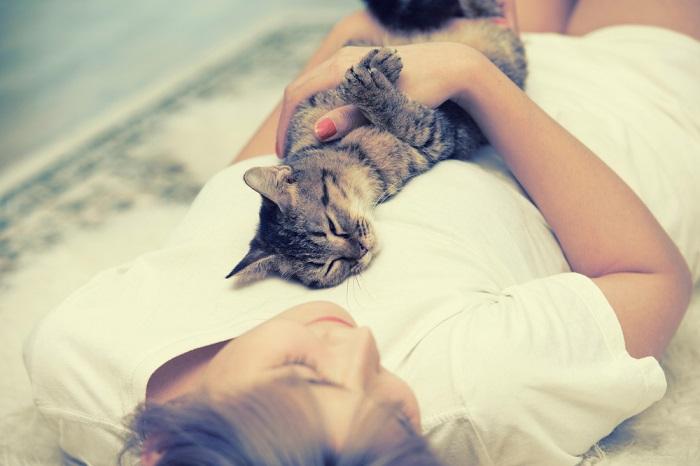
Napping with your cat is an enjoyable experience for you both.
Spend time with your cat, either engaged in active play or just in quiet companionship to strengthen your bond.
#17 Grooming
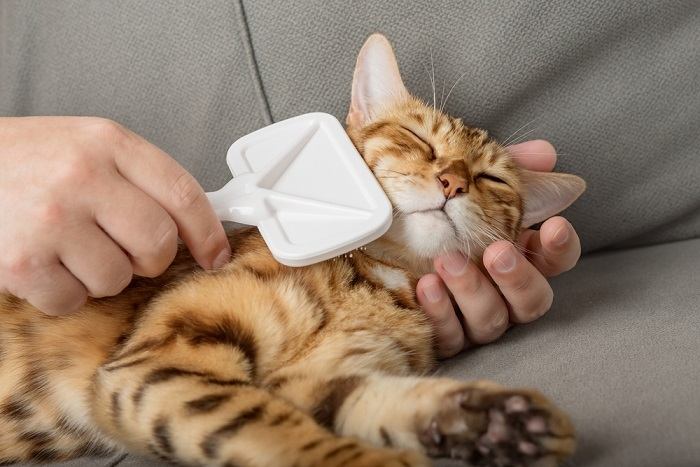
Choose a brush with soft bristles to avoid scratching your cat’s delicate skin.
A grooming regime is excellent both for bonding and your cat’s coat hygiene, and as a chance to give your cat a general check-over. Invest in a suitable brush and pencil some grooming time into your schedule. This is especially important for long-haired breeds, which might need daily brushing.
#18 Playtime

Most cats love to stalk and pounce on feather wands, which mimic real-life prey.
Invest in some cat toys and indulge your cat with some active play. Playtime is wonderful mental and physical stimulation for cats, as well as an active way to bond.
Also Read: The 12 Best Cat Toys: Keep Your Cat Fit And Happy With These Irresistible Toys
#19 Set Boundaries
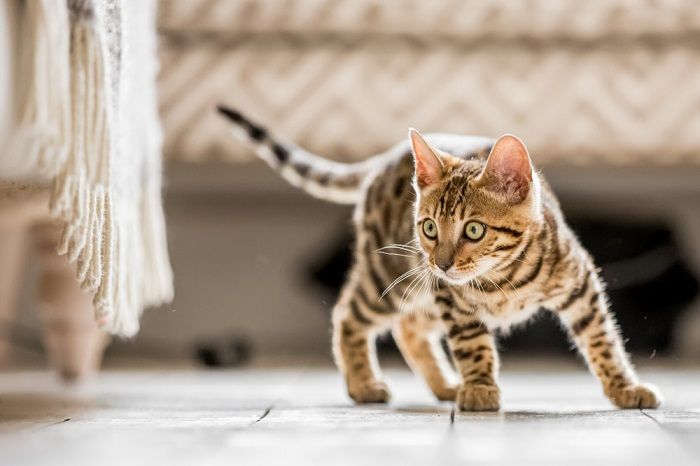
Kittens need gentle redirection if their play becomes too rough.
Never allow kittens or cats to play with your fingers or toes as this allows biting and scratching human skin, which your don’t want to encourage. If playtime becomes a little overenthusiastic, allow your cat to “win” by capturing a toy and then leave them with their prize to calm down.
Also Read: Why Do Kittens Bite? How To Properly Handle Kitten Aggression
#20 Petting

Not all cat enjoy petting, but if yours does, take advantage of this pleasant bonding time.
Enjoy some physical affection with your cat, such as stroking, cuddling, or even curling up with them for a nap! Some cats tolerate this more than others, so start slowly and gently and see how they respond.
Also Read: Why Do Cats Sleep With Their Head Up?
Enrichment
#21 Physical Exercise

Climbing and scratching ramps and shelves allow you to take advantage of the vertical space in your home.
Cats are athletic and have an instinctual need to fulfill hunting behaviors such as chasing and pouncing. If your cat is an indoor cat, provide an outlet for physical exercise such as chase toys and climbing opportunities such as a cat tree.
Also Read: Why Are Cats So Flexible? A Vet Explains
#22 Mental Stimulation
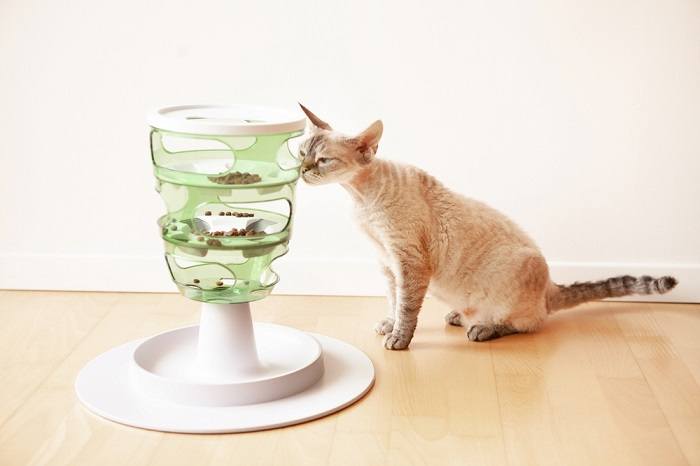
Puzzle toys encourage cats to use their brains and paws to release food or treats.
Cats sometimes get bored and frustrated; keeping them occupied can help them be happy and prevent destructive behaviors. Puzzle feeders, treat balls, and other interactive games are valuable, especially if they are left alone for periods of time. You don’t have to buy lots of fancy accessories—cardboard boxes are often a favorite with cats!
#23 Scratching Posts
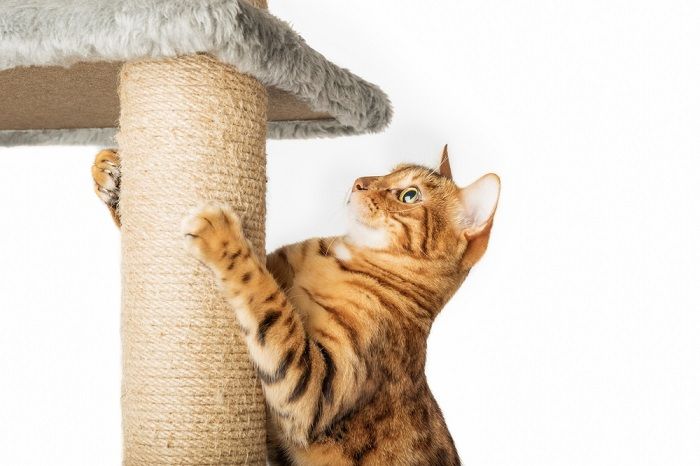
Cats like to scratch vertically and horizontally, so ideally provide both types of scratchers.
Cats have an innate need to scratch. They use this activity both to sharpen their claws but also to communicate via scent glands on their feet. Give your cat a few scratching posts or other scratchers to keep their claws off your furniture and carpet.
Also Read: Why Do Cats Scratch?
#24 Catnip
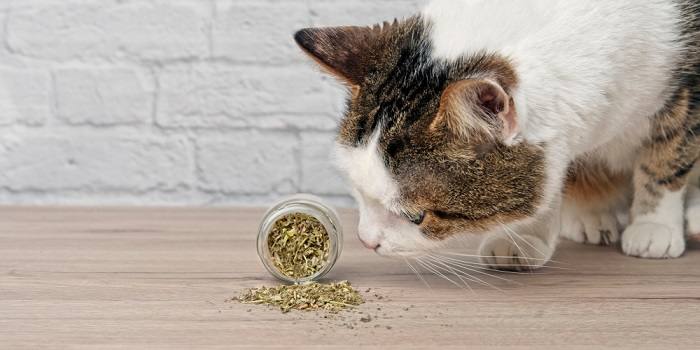
Cats might sniff catnip, roll around in it, or even eat a little of it.
Some cats go mad for catnip, and some loose catnip or catnip mice can keep them happy and entertained for hours. Not all cats react to catnip, but some cats get a euphoric feeling when they sniff it.
Also Read: Does Catnip Make Cats High?
#25 Training

Cats respond well if you reward them with treats when they do what you want.
Cats are intelligent creatures and a fun way to bond with a cat is to try to teach them some basic commands. Use lots of rewards for the correct response. With some patience and repetition, most cats can learn some small tricks.
Also Read: The 7 Best Cat Treats For Training
Frequently Asked Questions
What should a first-time cat owner do?
Be prepared with the basics: food, water, litter box, hiding place, bed, and toys. Set your new cat up in a small room at first, with all their needs provided, until they’ve settled in. Spend time with them, and be patient as they explore their new home.
How long does it take a new cat to get used to a new home?
Follow the rule of three: The first three days your new cat might be overwhelmed and a bit anxious. By three weeks, they should be settling in well. By three months, most cats are very happy in their home environment.
What should I do with my cat on the first night?
Have a room set up for them containing their basic resources: food, water, litter box, hiding place, bed, and toys. Spend some time sitting with them but give them plenty of space to settle in at their own pace.




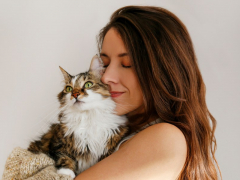


How do I get my cat to sleep at night? She wants to play all night long!
Hi Chris, we have a video on that here!